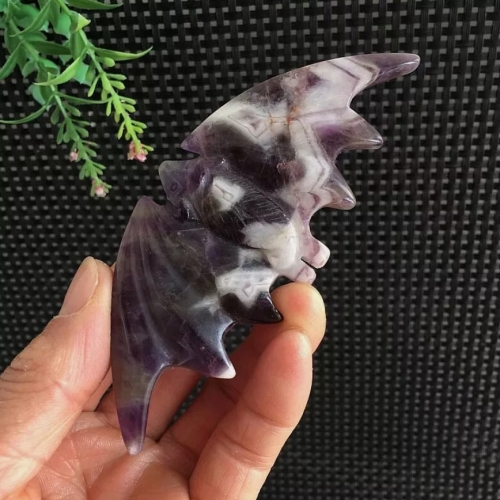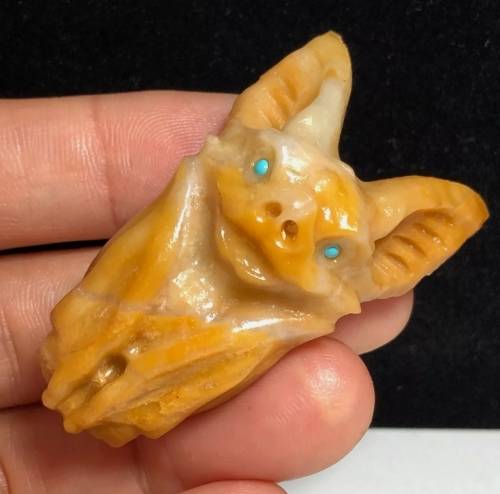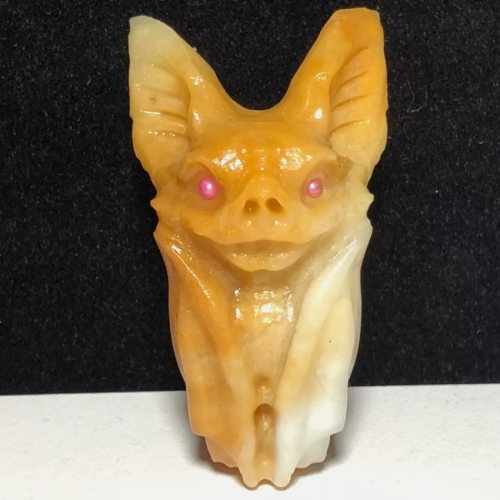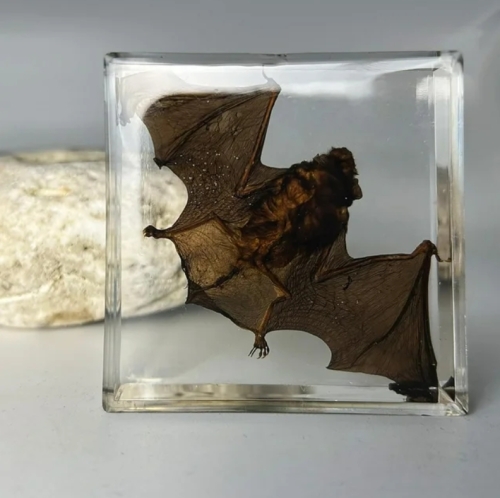The study of bat specimens is essential for understanding their biology, behavior, and conservation needs. Museums and research institutions curate collections that include skins, skeletons, and preserved specimens, enabling scientists to conduct morphological, genetic, and ecological studies. These specimens not only enhance our knowledge of bat diversity but also help in monitoring population trends and assessing the impacts of environmental changes.
Bats face numerous threats, including habitat loss, climate change, and diseases like White-nose Syndrome. By studying bat specimens, researchers can track these challenges and develop effective conservation strategies. For instance, understanding the dispersal patterns of fruit bats can inform reforestation efforts in tropical regions, while insights into insectivorous bats can guide agricultural practices to maintain pest control without harmful pesticides.
















